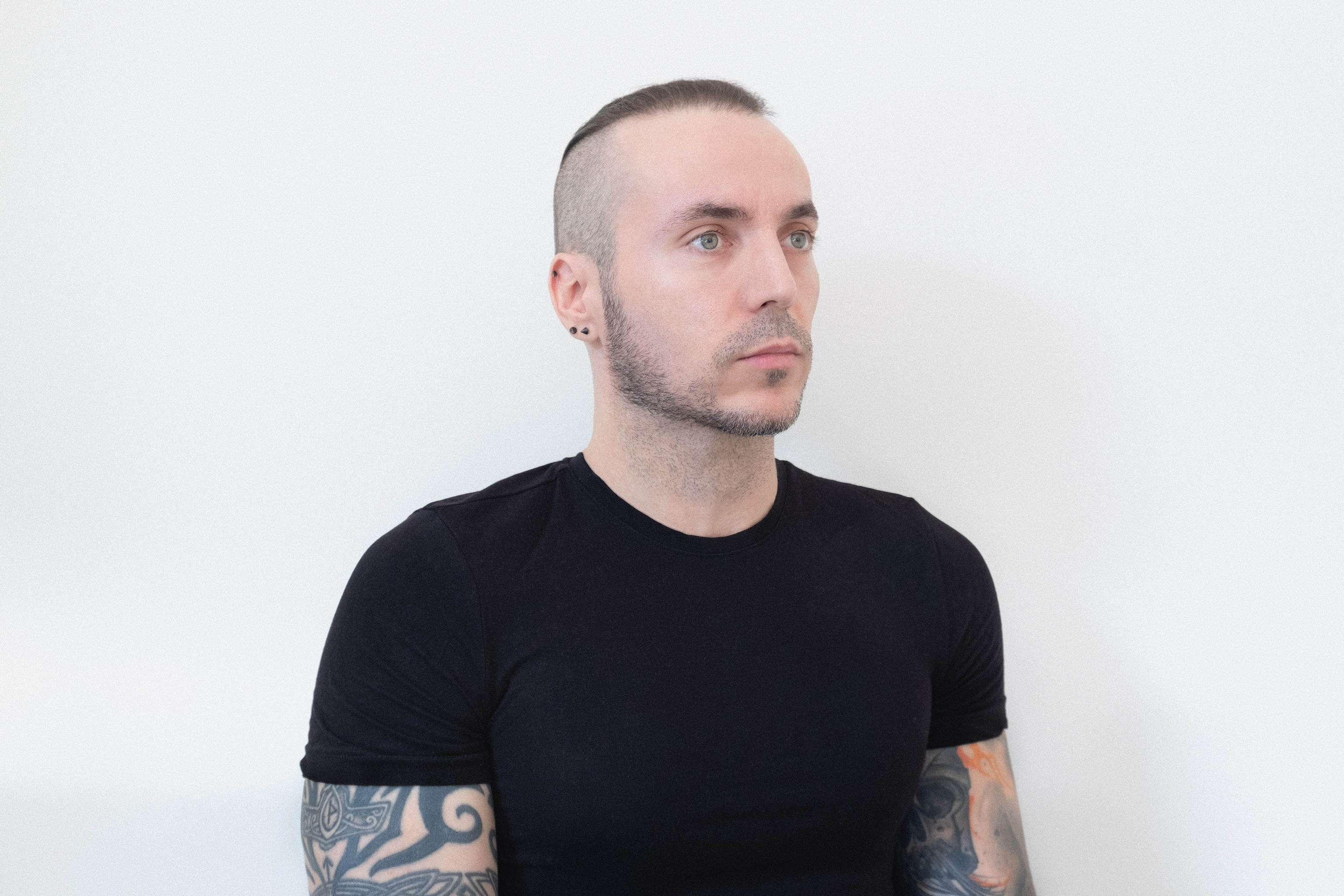⸺ For collaboration inquiries,
please contact [email protected] ●

01 ⸺ Background
Collaborating with businesses to envision, test, and validate their future potential. Designing relevant and scalable digital products from concept (0) to launch (1), with a simple and holistic approach. Born in Brazil, worked at the largest R&D center. Based in London and Helsinki, working globally.
Education
Postgraduate Degree
Graphic Design
Specialisation
Art Direction & Copywriting
Education
Bachelor's Degree
Computer System Analysis
Not-completed
Computer Engineering
02 ⸺ Experience
Over a decade of collaboration with top talent on projects across the USA, UK, Europe, Brazil, Australia, India, and Japan. T-shaped designer with leadership experience in directing small design teams.
Agency-side
R/GA
Huge
AKQA
B-Reel
Method
Nexus Studios
AllofUs
W12 Studios
Publicis Sapient
Elsewhen
Critical Mass
Syzygy
Digitas
Client-side
FutureLearn
Sainsbury's
The Telegraph
Jio Platforms
Yousician
Brands
Technology
Beko
BT Group
BlackBerry
IQOS
Jio
O2 Priority
Samsung
Siemens
Timken
Verizon
Yell
Brands
Fashion & Sport
America's Cup
Armani
Formula 1
Manchester City F.C.
Nike
Brands
Media & Entertainment
BBC
Nickelodeon
Pozitif
The Telegraph
Wizarding World
Brands
Education
Essex Schools
FutureLearn
Yousician
Food & Beverage
Coca-Cola
Pizza Express
McDonald’s
The Fishmongers' Co.
Healthcare
Amplifon
Johnson & Johnson
NHS
Automotive
Mazda
Mitsubishi Motors
Environmental
Greenpeace
Finance
Compare the Market
Halifax
HSBC
Lloyds Bank
RBS
Transportation
British Airlines
Etihad Airways
RS Connect
Virgin Atlantic
Retail & E-commerce
Mamas & Papas
Sainsbury’s
Tesco
03 ⸺ Services
Leading and executing the entire product development process, from initial hypothesis to launch and scale through streamlined iteration cycles. Designing and building impactful digital products, providing new and fresh perspectives on established methods and solutions.
Design
Product Design
UX/UI Design
Visual Identity
Design Systems
Design Audits
Consultancy
Craft
Design Direction
Art Direction
Concept Development
04 ⸺ Process
Each design challenge is unique and requires a flexible, creative, and iterative approach. Using a continuous cyclical method we frame the problem, find clarity, and explore potential solutions. Breaking down the process into two main stages facilitates a mindset for effective problem-solving.
Discovery + Ideation
The process of discovery frames the discussion guided by informed and validated decisions. Is this right for the user, the brand, the service or product and the business? Does it align with the desired feel, and is it feasible?
Understand
- What is the problem
- Why is this a problem
- Why is this important
- Who are you solving for
- What are the pain points
- What are the constraints
- Success criteria
- Brand values
- Value proposition
- Business opportunities
- Winning strategies
Research
- Brand research
- Market research
- User research
- User interviews
- User archetypes
- Empathy map
- Business goals
- Product proposition
- Product goals
- Product metrics
- Insights
Explore
- Brainstorming ideas
- Inspiration references
- Industry trends
- Creating moodboards
- Prototyping ideas
- User journey mapping
- Information architecture
- Design strategy
- Design concept
- Design direction
- Defining scope
↳ Iterate to simplify the idea
Production + Execution
A continuously holistic mindset to identify problems and generate innovative ideas, shaping brand and experience through strategic product design. Adding business value, unlocking new opportunities, and increasing brand loyalty.
Design
- Experience mapping
- User stories
- Use cases
- User flows
- Design principles
- Prioritization
- Wireframing
- Designing
- Prototyping
- Testing
- Validating
Implement
- Design specification
- Design handoff
- Build implementation
- Product testing
- Product validation
- Quality assurance
Deliver
- Product shipping
- Maintenance & support
- Product growth
- Post-launch
↳ Iterate to optimise the solution